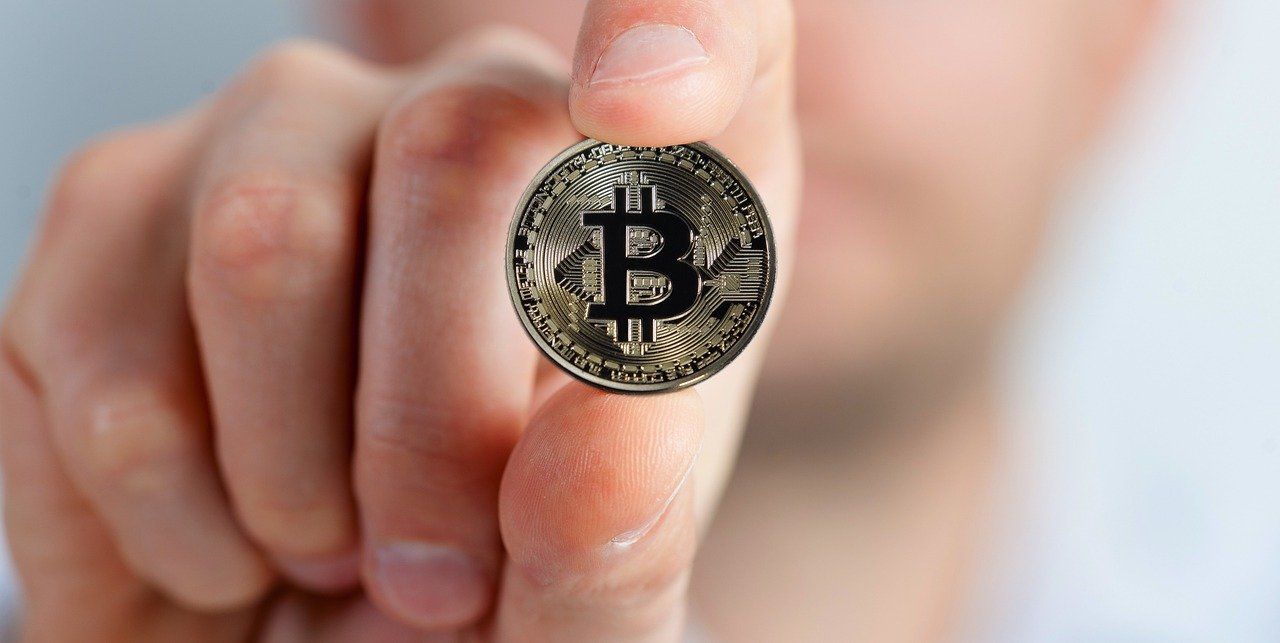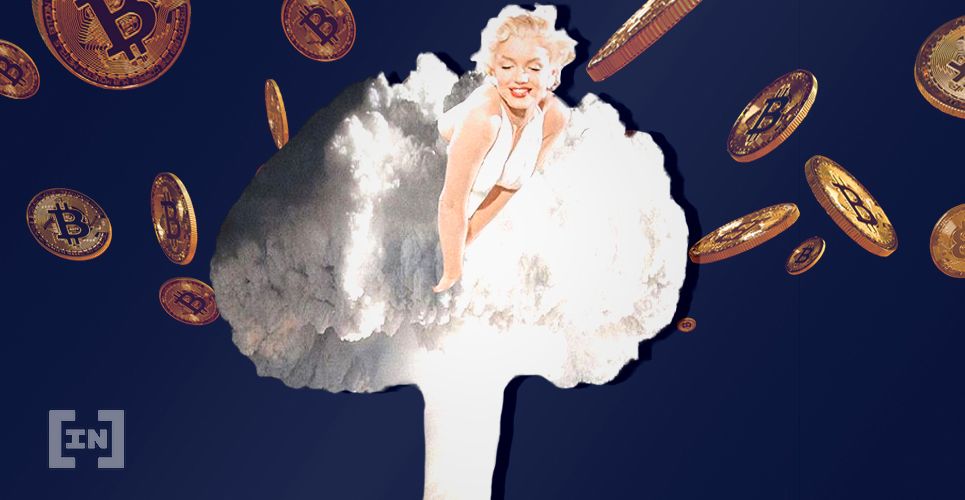A standard deviation curve can be used to indicate the probability of various events taking place. Bitcoin’s standard deviation probability of having a price change of 10% or more in a single day is just .2%.
That number, based on a continuous trading schedule for Bitcoin, means that a single day rise or fall of that amount should occur less than once a year. However, in the past five years, days of this magnitude have occurred 66 times—more than 3.5% of the time, as Skew (@skewdotcom) reports.
0.2%
A normal distribution built with BTC implied volatility indicates there is a 0.2% chance bitcoin can move more than 10% up or down in a single day.
Less than once a year! Understated🙂?
Over the last 5 years – it occurred 66x or 3.62% of days
Not a normal distribution! pic.twitter.com/2sQiGKPcyU
— skew (@skewdotcom) December 4, 2019
Bitcoin Market Manipulators
The issue facing Bitcoin is one of manipulation. The market having such massive swings is simply not normal. Only substantial trading manipulations could produce this sort of movement in the market.
This type of manipulation would occur primarily when a single trader or group of traders is able to cause market swings through buying or selling. When such swings occur, previously placed investments or futures would respond to the market, creating substantial returns. The movement in the Bitcoin market seems to largely indicate this type of manipulation.
New Normal?
However, while this is self-evident based on standard distribution, the figures do not take into account much of what has caused Bitcoin’s price adjustments. For example, the existence of ‘whales’ in the market—traders able to move huge volumes—would assume this sort of price movement.
Additionally, the Bitcoin market is relatively nascent. This creates a situation where relatively small numbers of traders can still have an inadvertently large impact on pricing. What’s more, the fear of missing out (FOMO) can lead investors to pile on when they see a price increase coming, or bailout in the reverse.

With these market factors creating change, it’s not hard to see why Bitcoin doesn’t necessarily follow standard deviations. Instead, it seems that, until the market grows more stable, these types of changes should be expected as normal.
Maximalists argue that such changes, while startling, do not necessarily indicate nefarious market manipulation. Instead, they indicate that the market is growing in maturity, and will continue to need greater numbers of investors to provide increased stability.
Images are courtesy of Twitter, Shutterstock.
